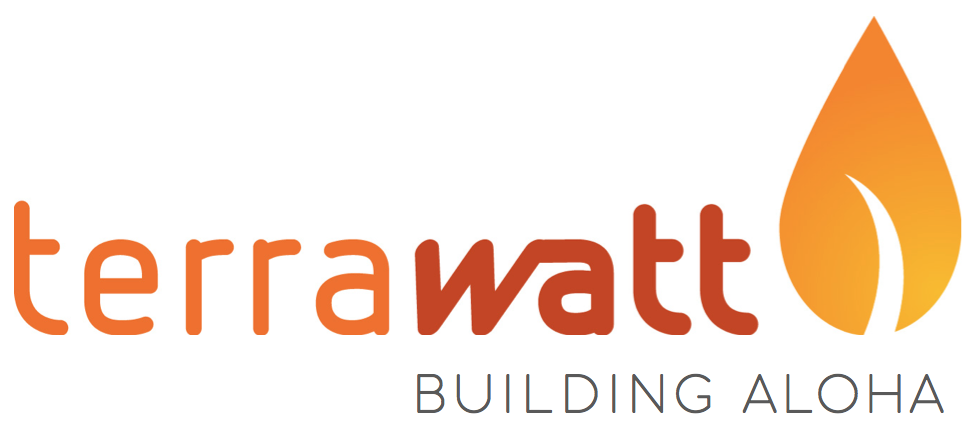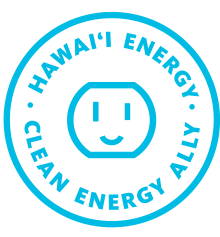
I live on the wet side of Waimea in a house that needs a lot of work. When we moved here we brought a lot of art. Our house isn’t ready for me to hang it, and even if I did…you know it gets moldy here, right? And I’ve got a half-dozen roof leaks.
The art is important. Much of it was made by my wife’s father, and it holds special meaning. It would be a shame if the microbes ate it.
Mold is a moisture problem. Get rid of the moisture, and the mold can’t take root. A good rule of thumb is to try to keep the humidity down around 50%. That’s hard when your house is wide-open and the natural humidity level’s constantly much higher than that. Right now it’s sunny outside and relatively dry, and the humidity’s at 80%. Even on Waimea’s “dry” side it’s 68%, and it’s close to that in Waikoloa. In Kailua-Kona it can get down close to 50%, but everywhere else it’s higher.

It’s a price of living on an ocean. We’re surrounded by water, and we constantly live in the mold danger zone. This is one week in my house in August:


Band-aids don’t work if there’s always risk so we need a permanent solution. For the art, I needed one quickly because mold is always on the hunt for food and I had just delivered a buffet of yummy paper prints with paper backing and mold LOVES paper. (You know what else has a lot of paper on it? Drywall.) So I bought a dehumidifier, drilled a hole in the floor of a closet, ran the hose down through the hole, put all the art in there, left a little airspace around each print so no moisture would get trapped anywhere, sealed up the closet, and put a meter in it.
The last bit – the measurement – is important for three reasons:
- Peace of mind. I want to know the art is safe. I don’t want to hope it’s safe. It’s too important.
- Energy use. Hawaii has the most expensive electricity in the country, and I want to use just the right amount. Not too much (which will cost me extra), and not too little (which will lead to mold).
- Trust. I don’t trust the display on the dehumidifier. How do we know it’s accurate? The dehumidifier says on thing, but a separate meter says another:


So what can you trust? I trust a third thing: a datalogger. It takes snapshots of the environment and keeps them, and then it spits out graphs that I download with my phone.
All three of these pictures were taken at the same time, and the logger is showing a reading somewhere in the middle. That tells me that when I set the unit for 60% humidity, it’s actually less than that, or so I think. Let’s look at the graph:

The unit had been trucking along at its setting of 65% (to get an “actual” humidity level of about 60%), and Saturday morning I reset it to 55%. The temperature (black line) climbs because the energy the unit uses to remove the moisture stays in the closet as heat, but the humidity level (blue line) starts to look a little erratic. It’s like the unit is trying really hard to do what it’s told, but it sometimes overshoots its setting. That didn’t seem right, so I reset the unit to 60% to see if I could find a happy medium:

You can see all the settings I tried. 55% looked weird, so I reset it to 60% for some days. Then, just to check, I set it to 55% again and the same thing happened. In the end, the unit’s set to 60%, I get a humidity of below 55% most of the time, and it drops down to 40% often. Inhospitable to mold, using some of HELCO’s juice, but not too much and not too little. (The Moldilocks approach?) It took some weeks to figure it out, but my father-in-law’s legacy is safe.
Mold is a symptom. You can clean it up, but it’ll keep coming back. It’s relentless and everywhere. There are strategies to keep it at bay, and I can help. Call, email, text…any time. What do you have that you want to protect? Art? Leather jackets? Furniture? Shoes? Your child’s lungs?
In the end, my unit’s set for 60% but it’s doing better than it thinks. It’s not a smart thing, you know. Maybe they tweak the settings at the factory to keep the lawsuits at bay.
Now if you REALLY want to nerd out, visit my friends at the Building Performance Workshop and look up their #DryVault on his video blog. https://buildingperformanceworkshop.com/ Corbett’s free with his information and his tips are spot-on!



